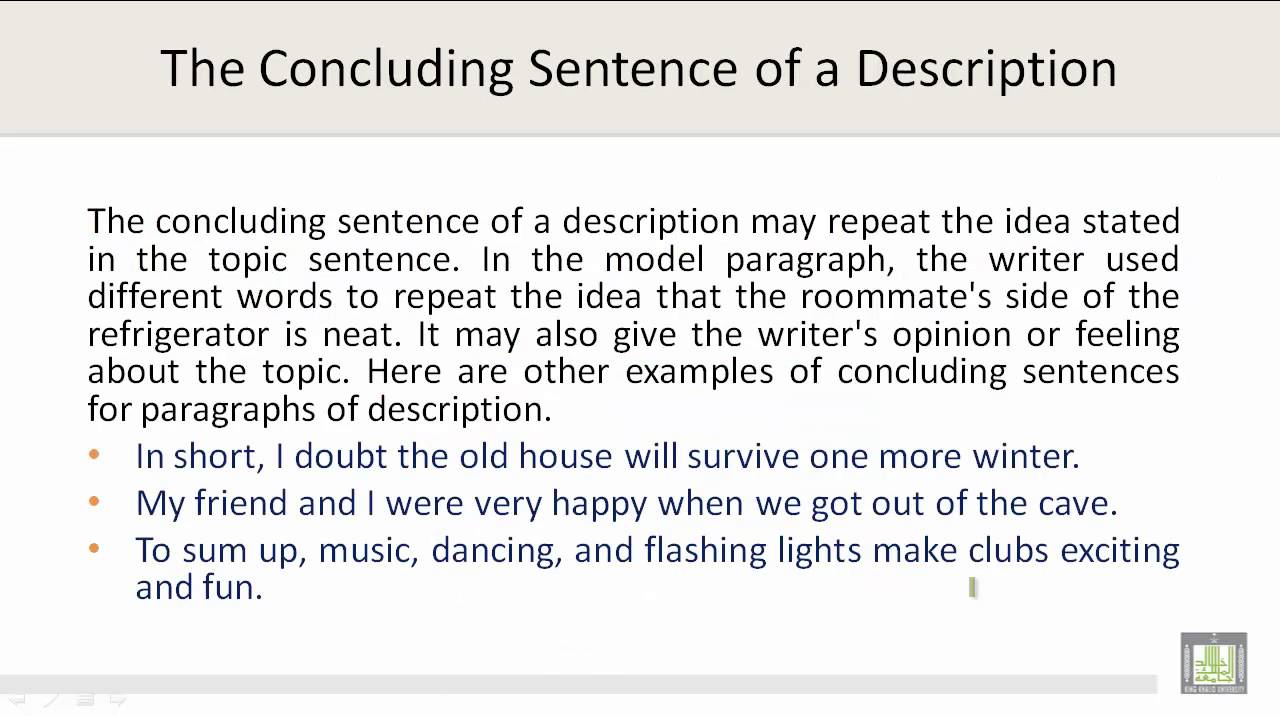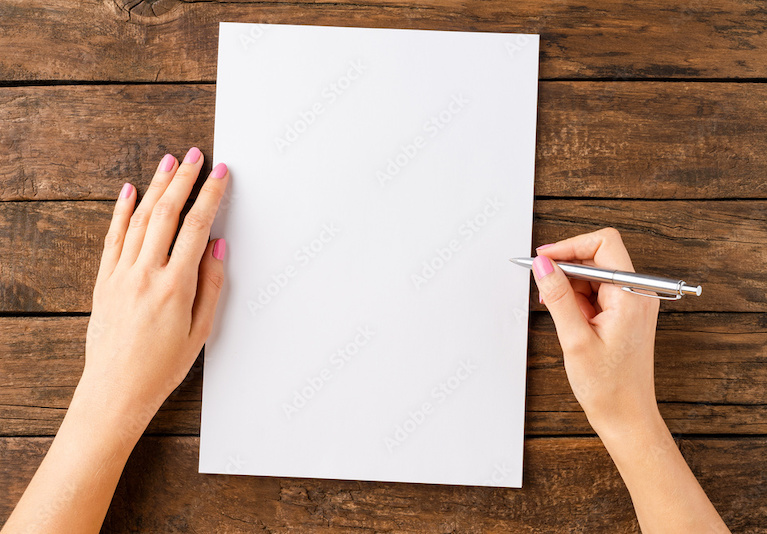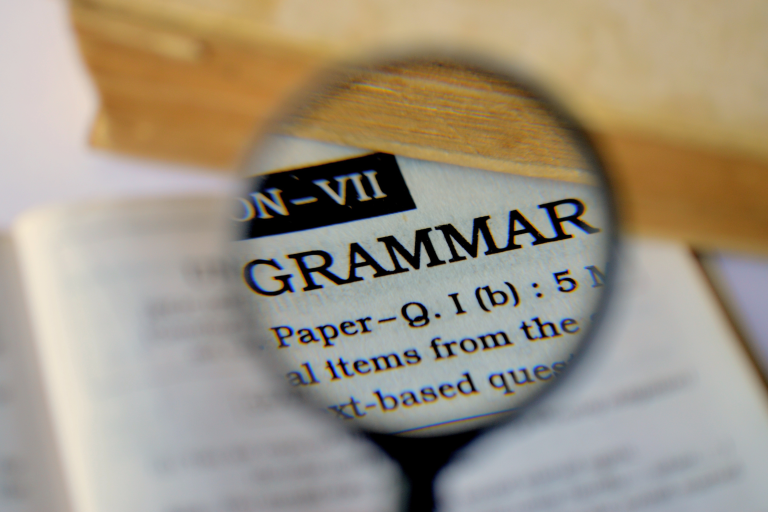How to Write a Concluding Sentence and 10 Good Examples
At the end of every essay or article, there lies a crucial part that completes the writing task. This is none other than the concluding sentence.
A concluding sentence is a critical part of writing that signals the end of the article or essay. It is a sentence that wraps up the whole idea of writing, leaving the reader with a clear and concise message of the purpose of the piece. Writing a concluding sentence is just as important as writing a strong introduction, as the reader’s final impression of the paper will be influenced by the concluding sentence.
In this article, we’ll explore how to write a good concluding sentence and walk through 10 examples of it.

Summarize Instead of Adding New Points
While these examples differ in subject matter, they all share common characteristics in their delivery. A concluding sentence should reiterate the essential points of the article or essay while leaving a lasting impression on the reader. It should wrap up the whole idea that was being conveyed and provide a clear and concise summary of the message being communicated.
When writing a concluding sentence, it’s essential to remember that it should never introduce any new points. The conclusion should be a summary of the points that have already been discussed in the article or essay. A concluding sentence should also be written in a way that is concise and to the point. The last sentence should be no longer than three to five sentences and should not be grandiose or overly complex.
If the article or essay has included any significant or surprising findings, the concluding sentence can provide an opportunity to emphasize them again.
Provide a Call to Action
In addition to summarizing the content of the article, a concluding sentence can also provide a call to action for the reader to consider. For instance, a sentence could be written in such a way that it inspires the reader to take immediate action or make an informed decision.
Consider the Tone
To write a good concluding sentence, it is also essential to consider the tone of the piece. The concluding sentence should be written in a way that is consistent with the tone of the article. For instance, a light-hearted piece should have a concluding sentence that is engaging and humorous, while a serious article should have a serious and thought-provoking conclusion. This will ensure that the reader is left with an impression that is consistent with the tone of the article.
Avoid Unnecessary Repetition
Another crucial factor to keep in mind when writing a concluding sentence is to avoid unnecessary repetition. Although the concluding sentence should reiterate the central idea of the article or essay, repeating information that has already been stated will only lead to redundancy. Instead, the concluding sentence should aim to provide a new perspective or summary of the main points of the piece.
It Doesn’t Need to Be the Last Sentence
It is also important to remember that the concluding sentence does not have to be the last sentence of the essay. While it may seem obvious to end the paper with a conclusion, this is not always the case. Some articles or essays may benefit from ending with a quote, anecdote, or question that leaves the reader reflecting on the content.
Write in an Active Voice
Furthermore, the concluding sentence must be written in an active voice. This means that the sentence should not be written in a way that is passive or weak. Instead, it should be written in a way that is powerful and convincing. For instance, “it is clear that action must be taken to save our planet” is less powerful than “we must take action now to save our planet.”
Do’s and Don’ts of Writing a Concluding Sentence:
Do’s:
– Summarize the key points of the article or essay
– Provide a call to action for the reader
– Consider the tone of the piece
– Use the active voice
Don’ts:
– Introduce new points or information
– Repeat information that has already been stated
– End with a weak or passive sentence
– End abruptly without a proper conclusion
10 Examples of How to Write a Concluding Sentence
1. “In conclusion, it is evident that the adverse effects of climate change can no longer be ignored.”
2. “All in all, the benefits of a healthy diet far outweigh the temporary pleasure of junk food.”
3. “To sum up, the significance of education in society cannot be overstated.”
4. “Therefore, it is crucial that we take action to reduce carbon emissions and protect our planet.”
5. “Clearly, without proper planning and strategic implementation, the success of any business venture cannot be guaranteed.”
6. “Thus, it remains the responsibility of everyone to take steps towards conserving our natural resources.”
7. “In light of these facts, it is evident that mental health should be considered a critical aspect of overall health and wellness.”
8. “In short, understanding the importance of cultural diversity is crucial in fostering a harmonious society.”
9. “Ultimately, it is up to each individual to take ownership and make necessary changes to protect our planet.”
10. “In the end, the power to advocate for change lies with every one of us.”
Conclusion
A well-written concluding sentence is the final opportunity to impress the reader and leave a lasting impression. It should reiterate the main points of the article or essay while providing a unique perspective or call to action. It should be written in an active voice, with consideration given to the tone of the piece.
By following these guidelines, writers can produce a compelling and effective concluding sentence that will make their work stand out from the rest.
For more tips and examples on concluding sentences and grammatically correct content, WriterArmy can be counted on to have your back. We have numerous content writers that are specifically dedicated to editing and double-checking content. If you want to save yourself the hassle of writing your own content, why not book a call with us and have a member of our team deal with those hassles instead? We look forward to hearing from you!








